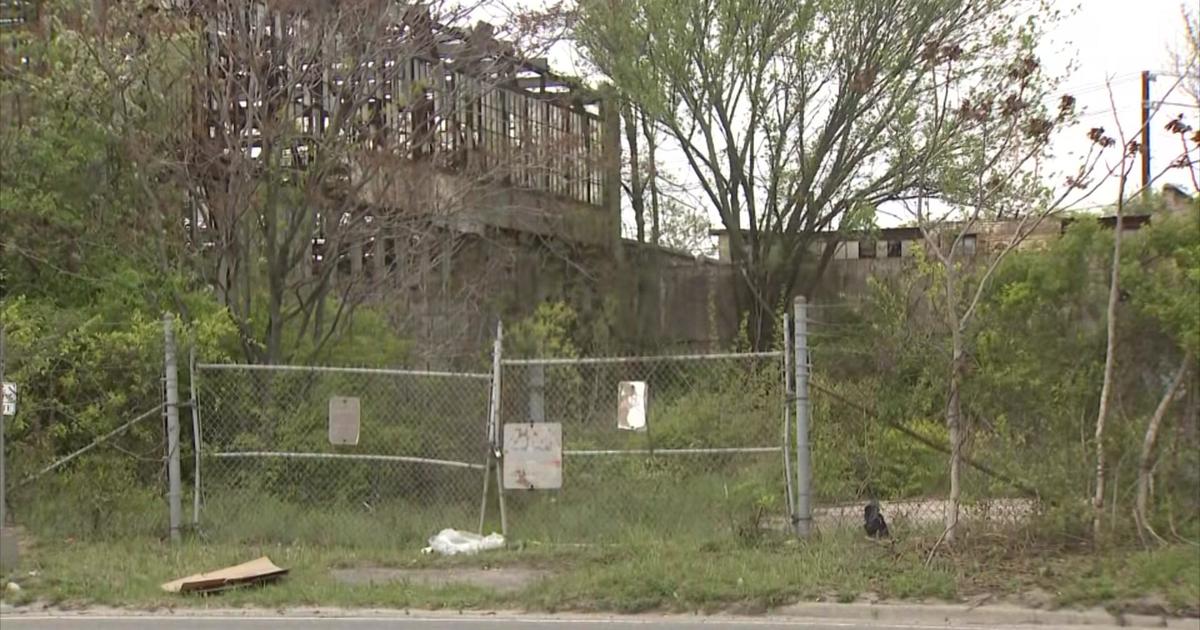Stories From Main Street: Cleaning The Central Park Obelisk
NEW YORK (CBSNewYork) -- A restoration project is underway for New York City's oldest outdoor monument, the Central Park obelisk.
The 70-foot tall obelisk is inscribed with Egyptian hieroglyphics and resides behind the Metropolitan Museum of Art on the east side of Central Park near 81st Street.
Often called "Cleopatra's Needle," the structure actually predates Cleopatra by more than a millennium, according to the Central Park Conservancy.
"It was quarried for the Pharaoh Thutmose III," Matt Riley with the Central Park Conservancy told WCBS 880's Sean Adams.
Riley said there were two obelisks guarding a sun temple.
Stories From Main Street: Cleaning The Central Park Obelisk
"They stood for 500 years in front of this temple. They were toppled at Heliopolis and lay buried in the sand for another 500 years."
In 12 B.C., they were then brought to Alexandria where they were placed at a temple built by Cleopatra to honor Julius Caesar, according to the conservancy.
In the 1870s, as a gesture of good will from Egypt, one of the obelisks was brought by ship to Staten Island and then floated by pontoons up the Hudson River.
"Over the course of something like three months, this thing was slowly carted through the streets of the city of New York by locomotive engines and chains and anchors and winches," Riley said.
The obelisk was finally erected in Central Park in 1881.
The 3,500-year-old structure is now undergoing a much-needed facelift.
"The significance of the monument requires quite a bit of a delicate touch," Riley said.
Crews are using lasers to clean the structure's 2,112 square-foot surface.
"The laser allows extremely fine focus of light particles to concentrate on that soiling," Riley said.
Next, special adhesives are used stabilize cracks.
"The resin is actually delivered with a hypodermic needle," Riley said. "They penetrate into the substrata of the stone."
The conservation project began in April and is expected to be completed sometime in the fall.
For more information about the obelisk, click here.
Check Out These Other Stories From CBSNewYork.com:




